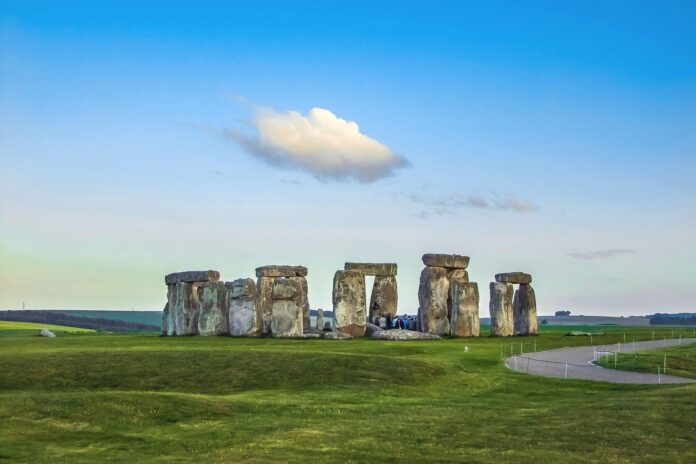A Neolithic cow tooth discovered at Stonehenge dating back to its construction offers new evidence of the stone circle’s Welsh origins, according to a new study involving UCL researchers.
The paper, published in the Journal of Archaeological Science, examined a cow’s jawbone that was discovered in 1924 beside Stonehenge’s south entrance. Using isotope analysis of one of its teeth, the researchers dated it to around the time of the monument’s beginning, between 2995 and 2900 BCE, and placed its likely origin in Wales.
This is the first time that scientists have seen evidence linking cattle remains from Stonehenge to Wales, adding further weight to theories that cows were used in the transportation of the enormous rocks across the country. Previous research had shown that Stonehenge’s bluestones originated in Wales.
Professor Michael Parker Pearson (UCL Archaeology) said, “This is yet more fascinating evidence for Stonehenge’s link with south-west Wales, where its bluestones come from. It raises the tantalizing possibility that cattle helped to haul the stones.”
The scientists sliced the cow’s third molar tooth, which records chemical signals from the animal’s second year of life, into nine horizontal sections. They were then able to measure carbon, oxygen, strontium and lead isotopes, which each offer clues about the cow’s diet, environment and movement.
The different concentrations and varieties of elements embedded within the tooth provided insight into the cow’s life. The oxygen isotopes revealed that the tooth captured roughly six months of growth, from winter to summer, while the carbon isotopes showed the animal’s diet changed with the seasons: woodland fodder in winter and open pasture in summer. Additionally, the strontium isotopes indicated the seasonal food sources came from different geological areas, suggesting that the cow either moved seasonally or that winter fodder was imported.
The lead isotopes revealed composition spikes during the late winter to spring, pointing to a lead source that was older than the lead in the rest of the tooth. The composition suggests the cow originated from an area with much older Paleozoic rocks, such as around the Preseli hills in Pembrokeshire, Wales, where Stonehenge’s bluestones originated before being transported to Salisbury Plain.
Professor Jane Evans, BGS Honorary Research Associates said, “This study has revealed unprecedented details of six months in a cow’s life, providing the first evidence of cattle movement from Wales as well as documenting dietary changes and life events that happened around 5,000 years ago. A slice of one cow tooth has told us an extraordinary tale and, as new scientific tools emerge, we hope there is still more to learn from her long journey.”
In addition, researchers also concluded that the unusual lead signal could not be explained by local contamination or movement alone. Instead, that lead stored in the cow’s bones had been remobilized during the stresses of pregnancy. If true, this would mean the cow was female and pregnant or nursing during the tooth’s formation. To test the hypothesis, the team applied a peptide-based sex determination technique at the University of Manchester, which showed there was a high probability that the animal was female.
Richard Madgwick, professor of archaeological science at Cardiff University, said, “This research has provided key new insights into the biography of this enigmatic cow whose remains were deposited in such an important location at a Stonehenge entrance. It provides unparalleled new detail on the distant origins of the animal and the arduous journey it was brought on. So often grand narratives dominate research on major archaeological sites, but this detailed biographical approach on a single animal provides a brand-new facet to the story of Stonehenge.”
More information:
J. Evans et al, Sequential multi-isotope sampling through a Bos taurus tooth from Stonehenge, to assess comparative sources and incorporation times of strontium and lead, Journal of Archaeological Science (2025). DOI: 10.1016/j.jas.2025.106269
Provided by
University College London
Citation:
Prehistoric cow tooth supports Welsh origin of Stonehenge stones (2025, August 25)
retrieved 25 August 2025
from https://phys.org/news/2025-08-prehistoric-cow-tooth-welsh-stonehenge.html
This document is subject to copyright. Apart from any fair dealing for the purpose of private study or research, no
part may be reproduced without the written permission. The content is provided for information purposes only.



